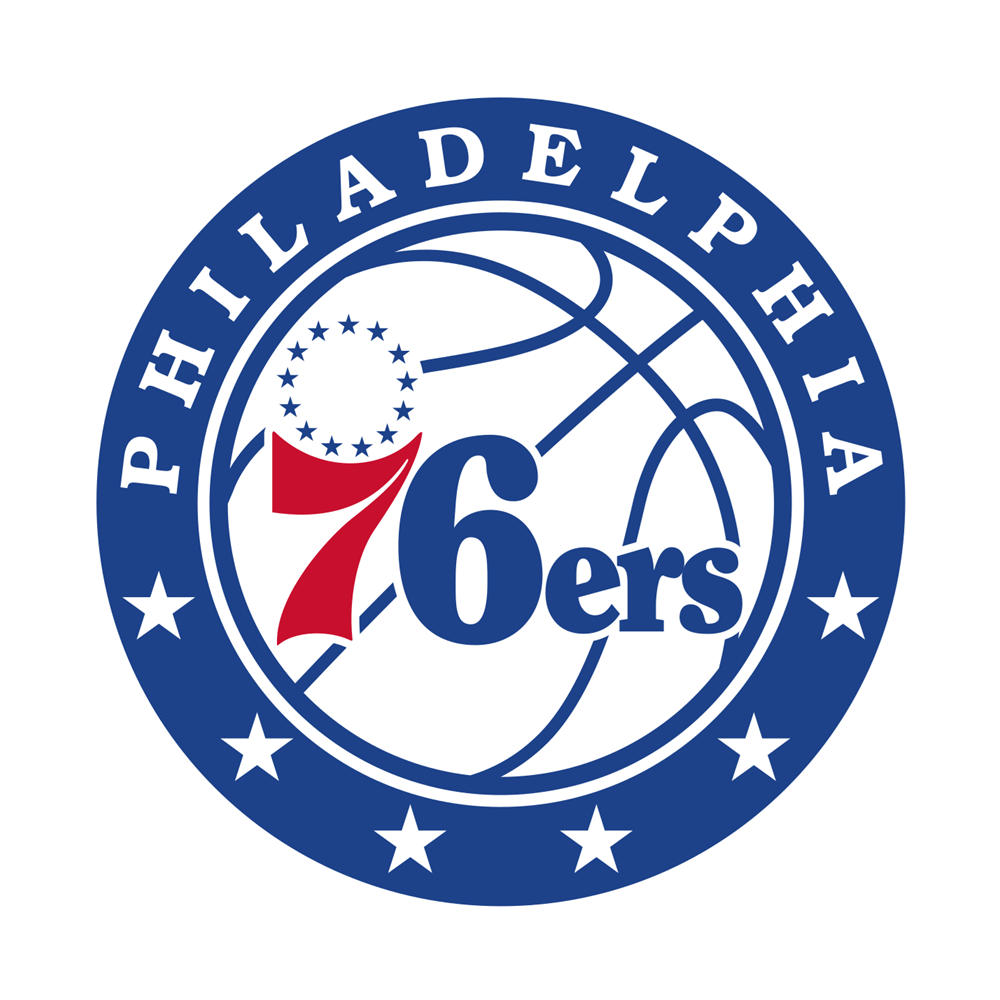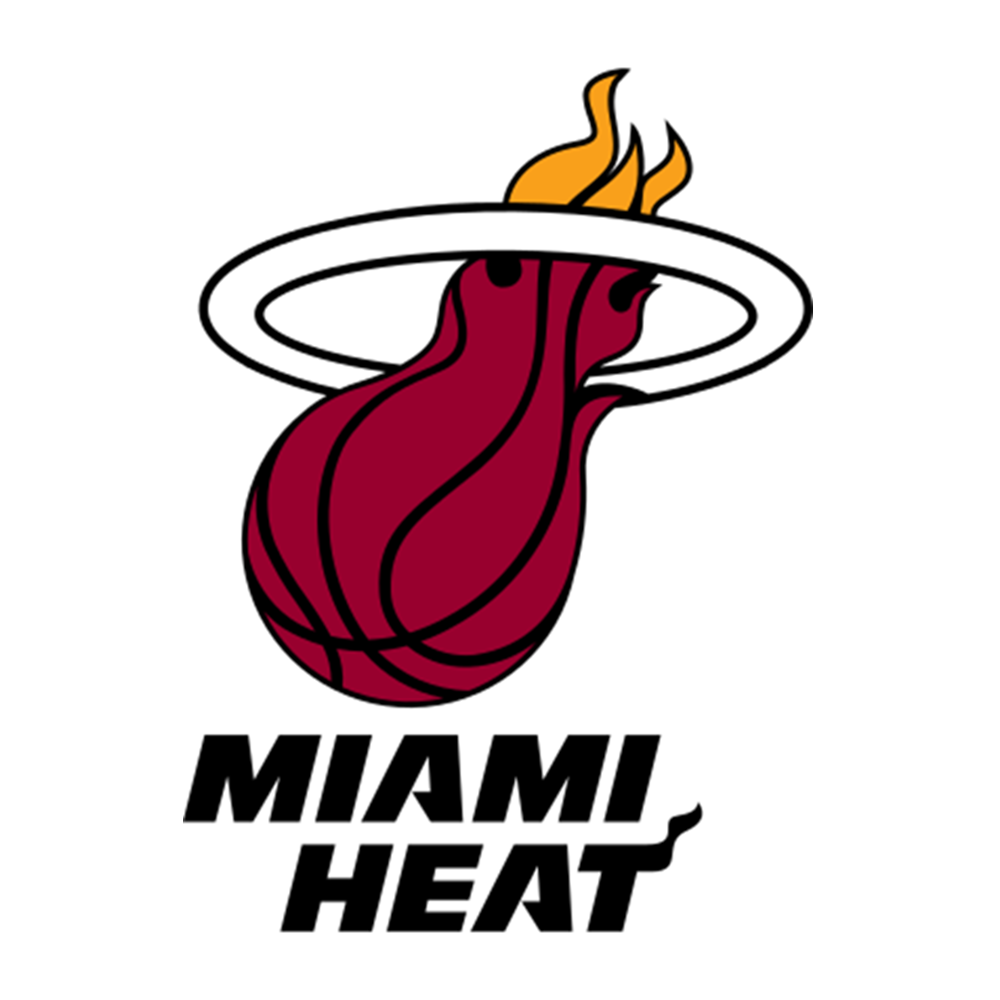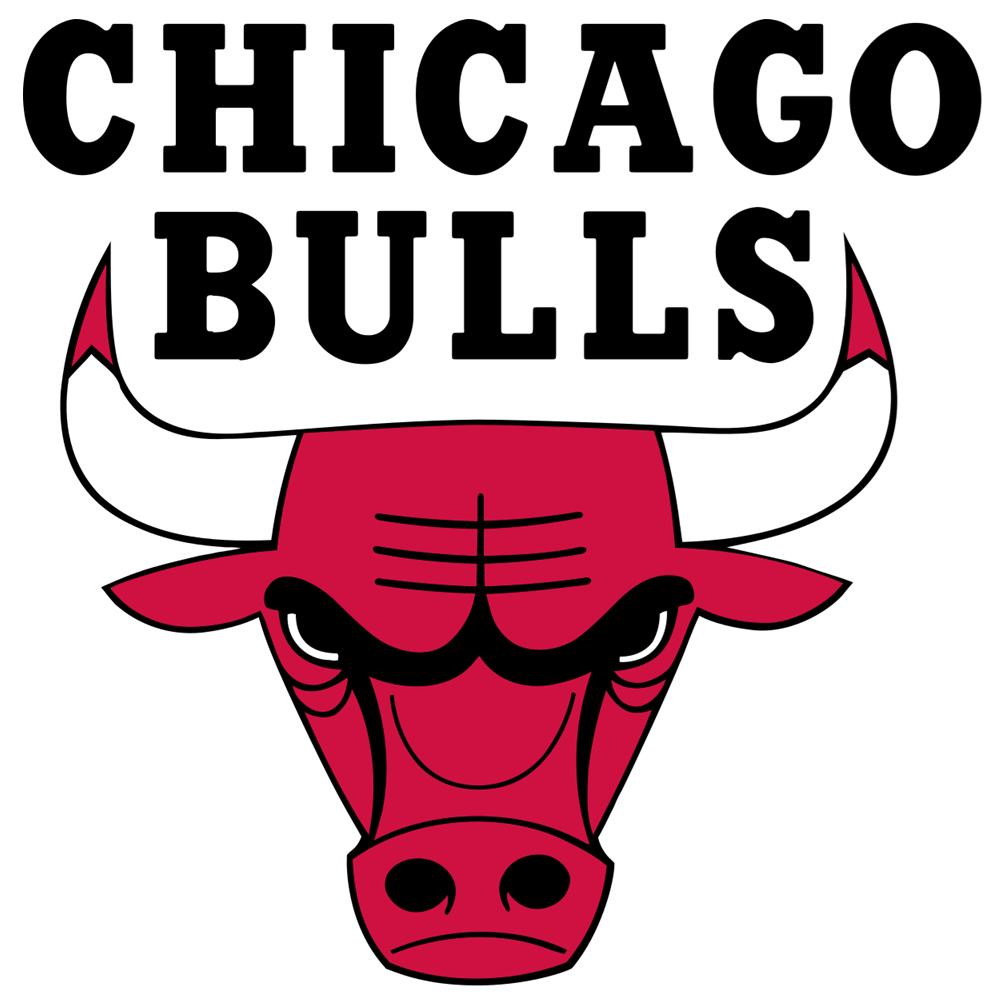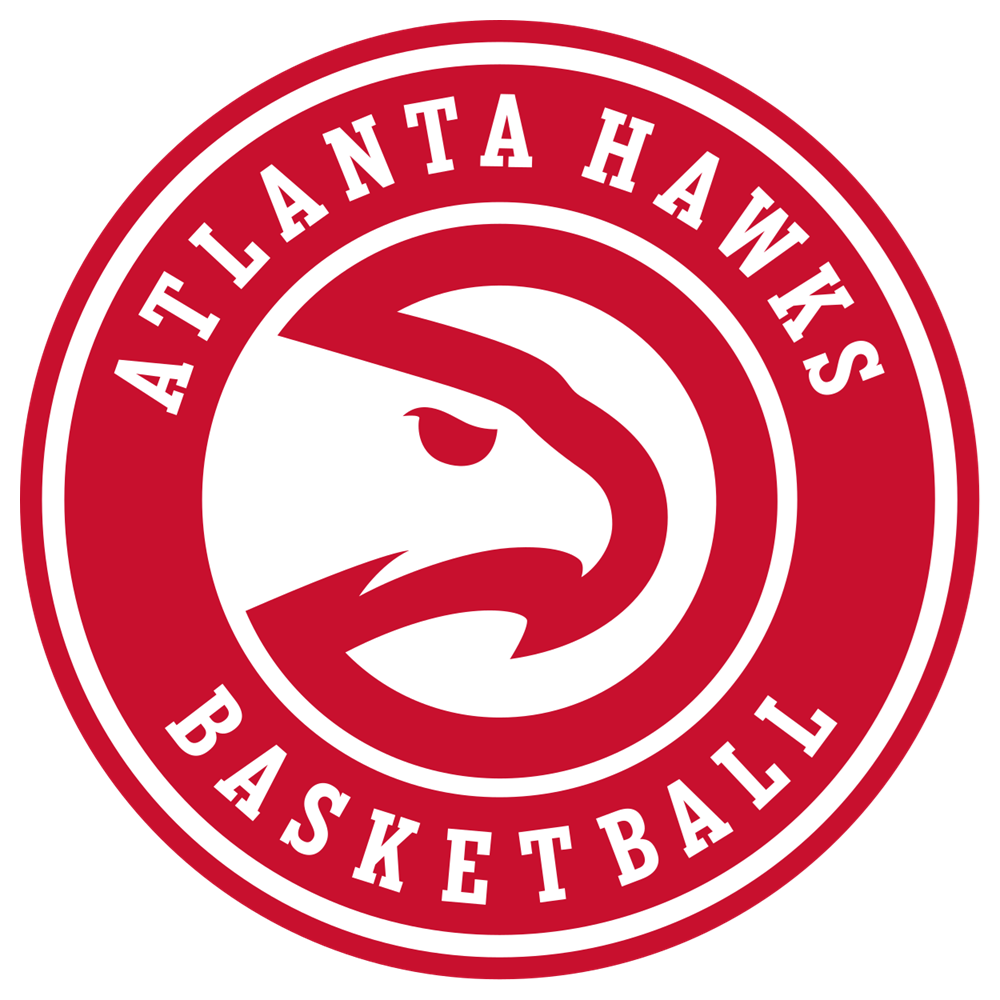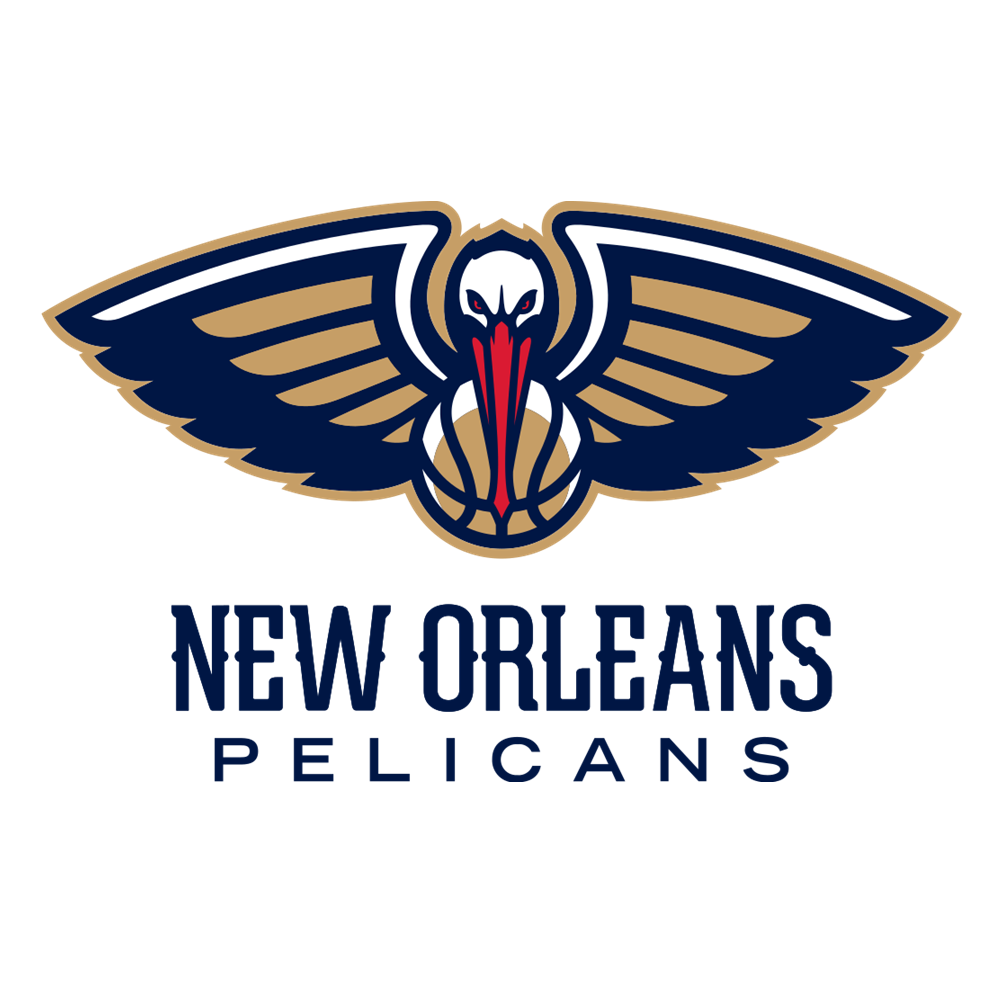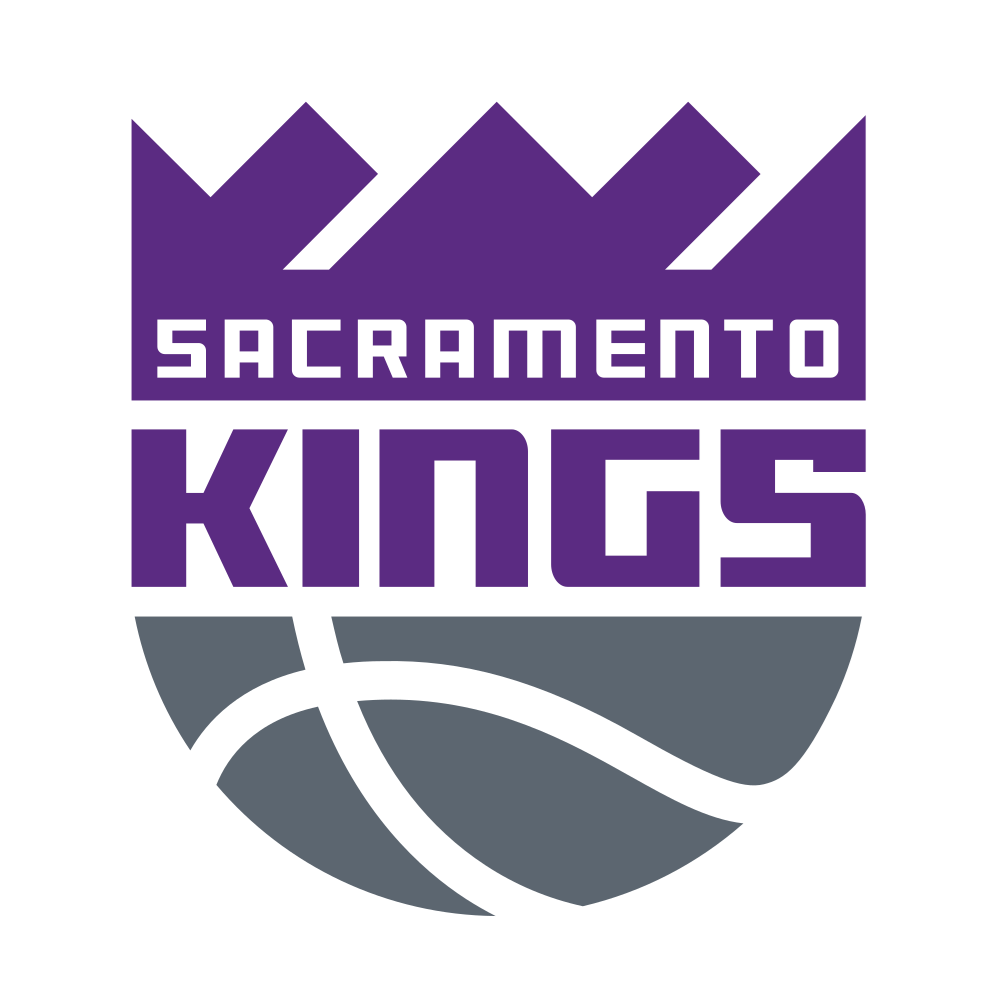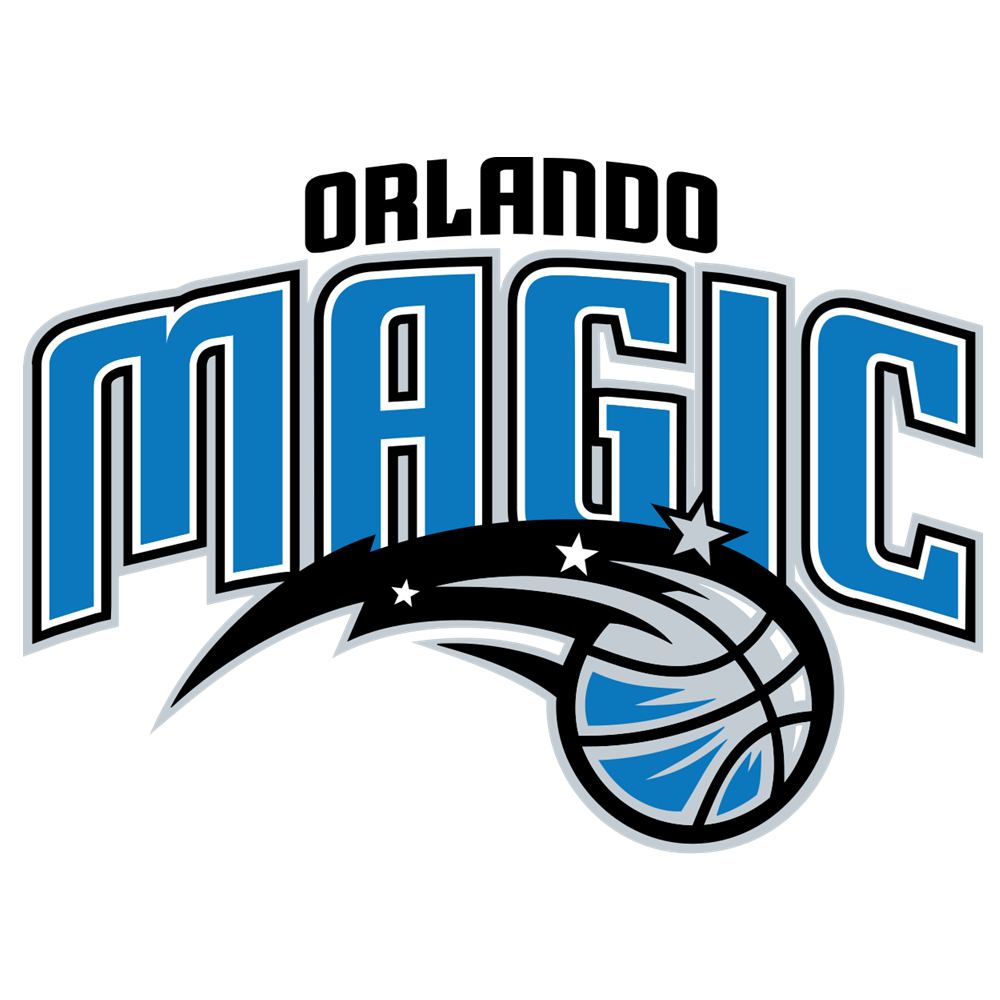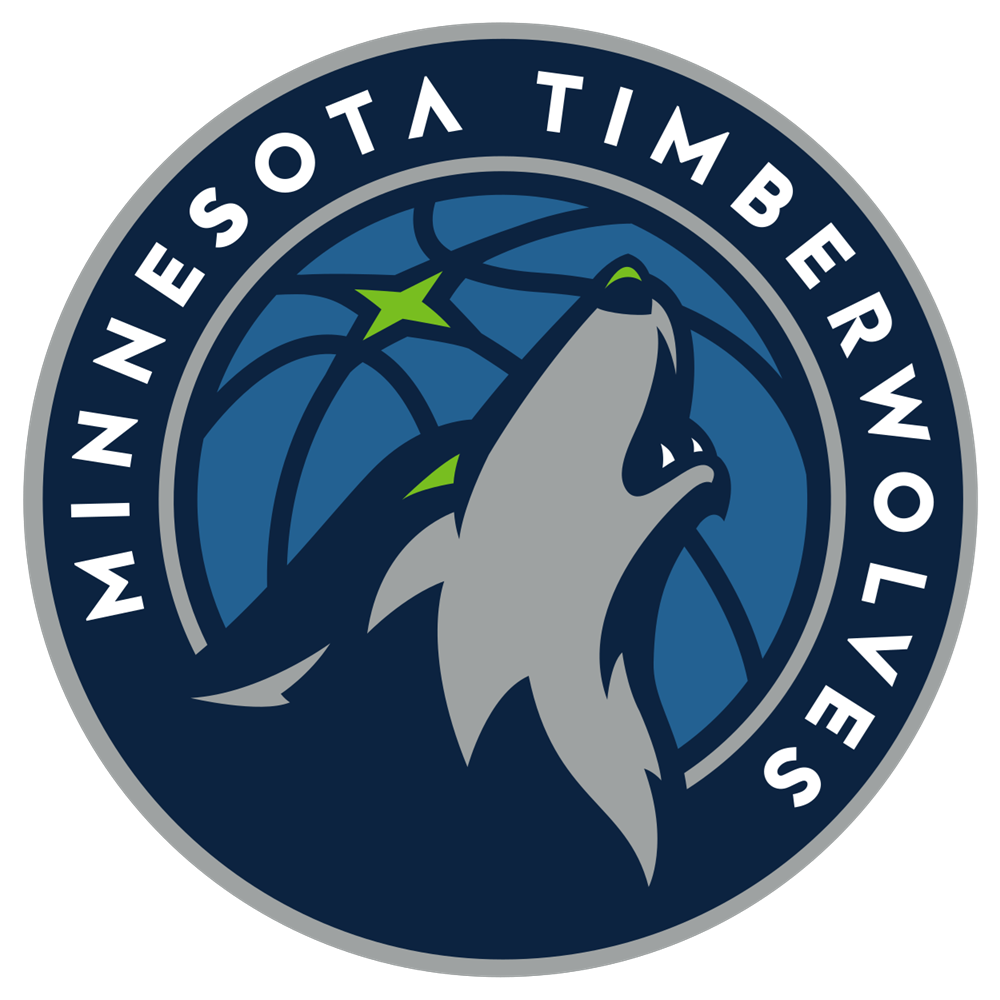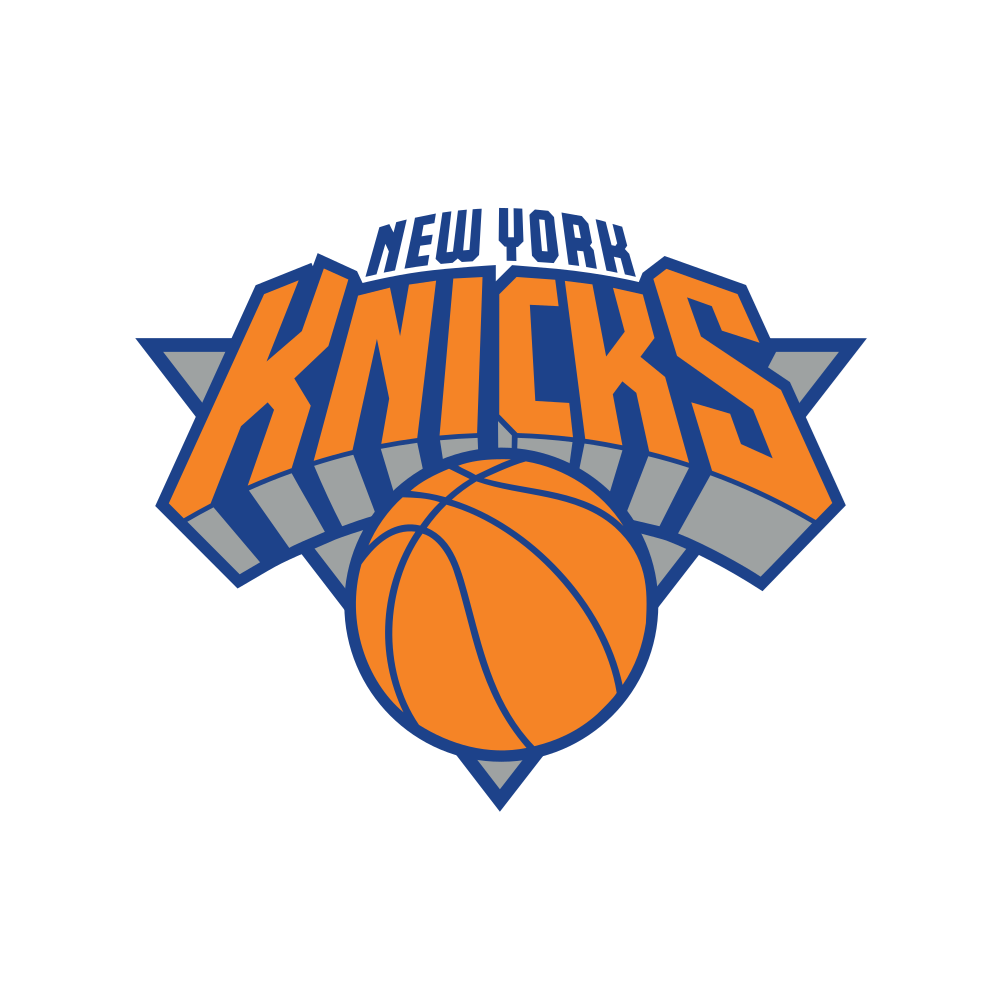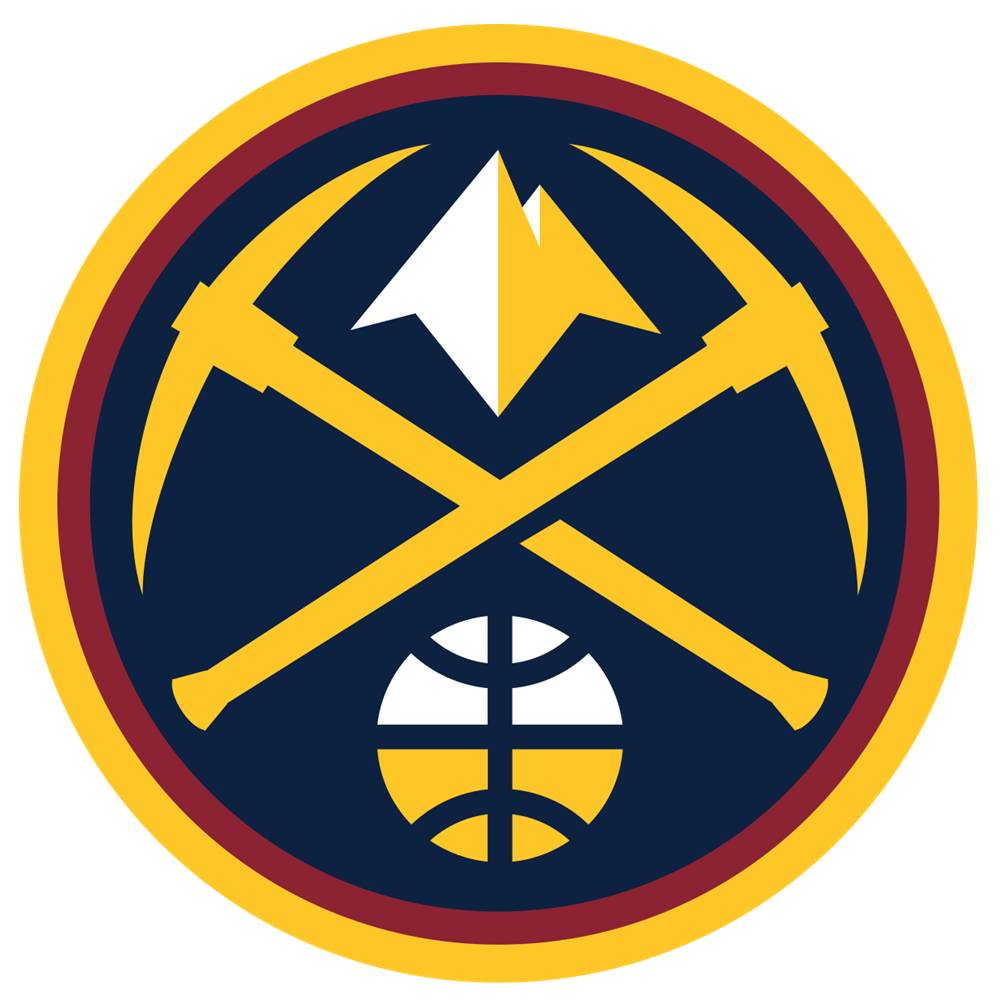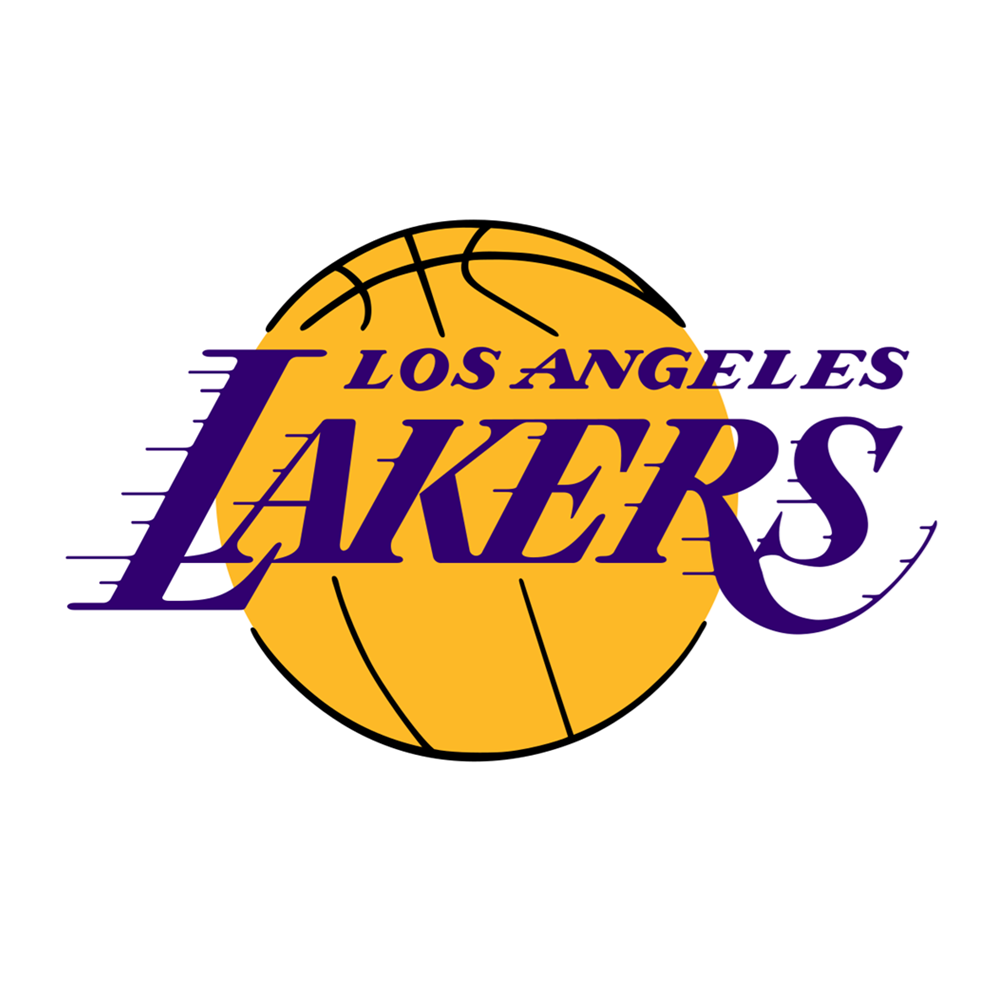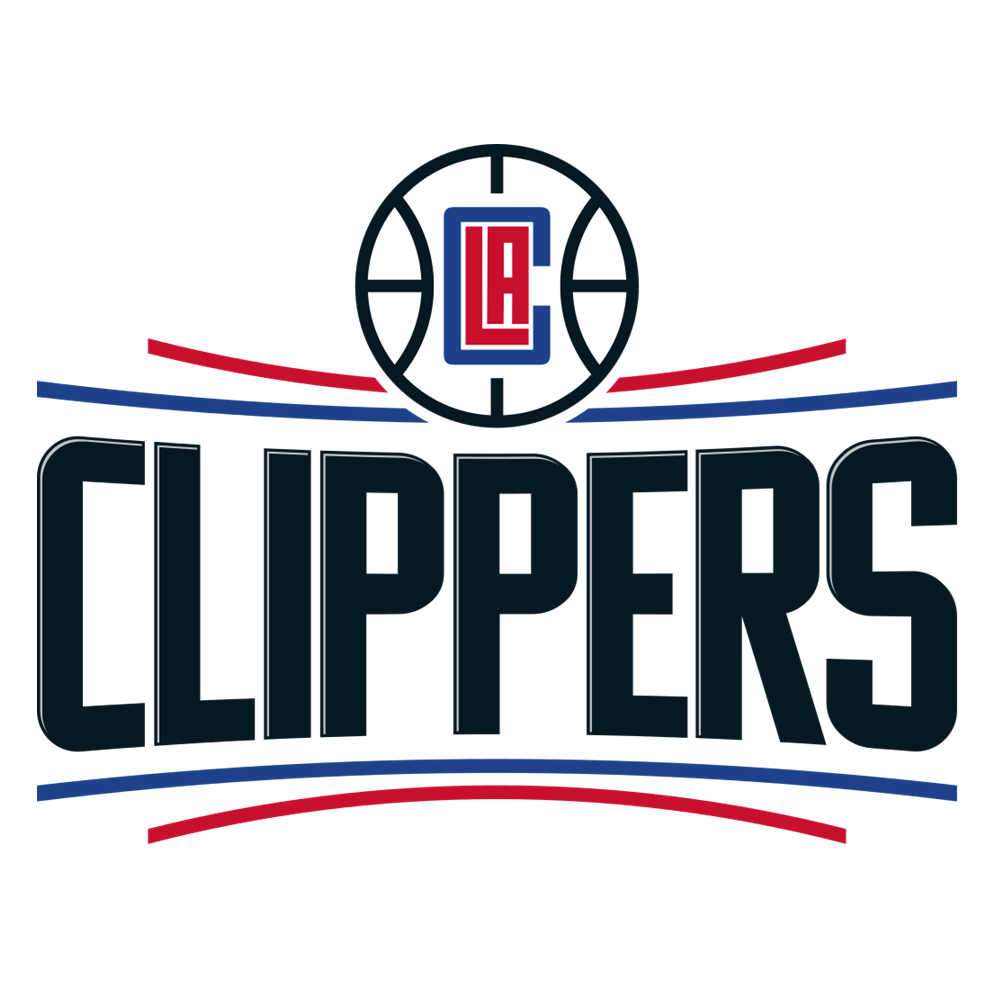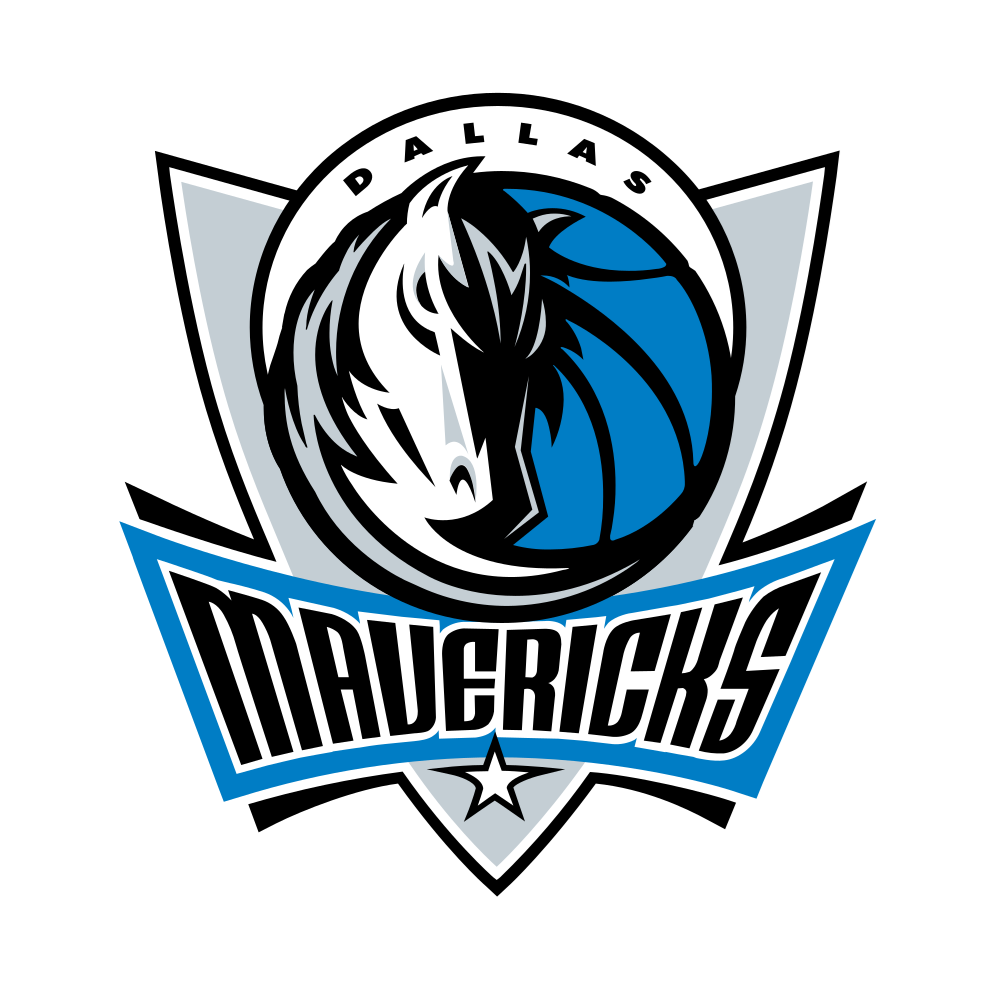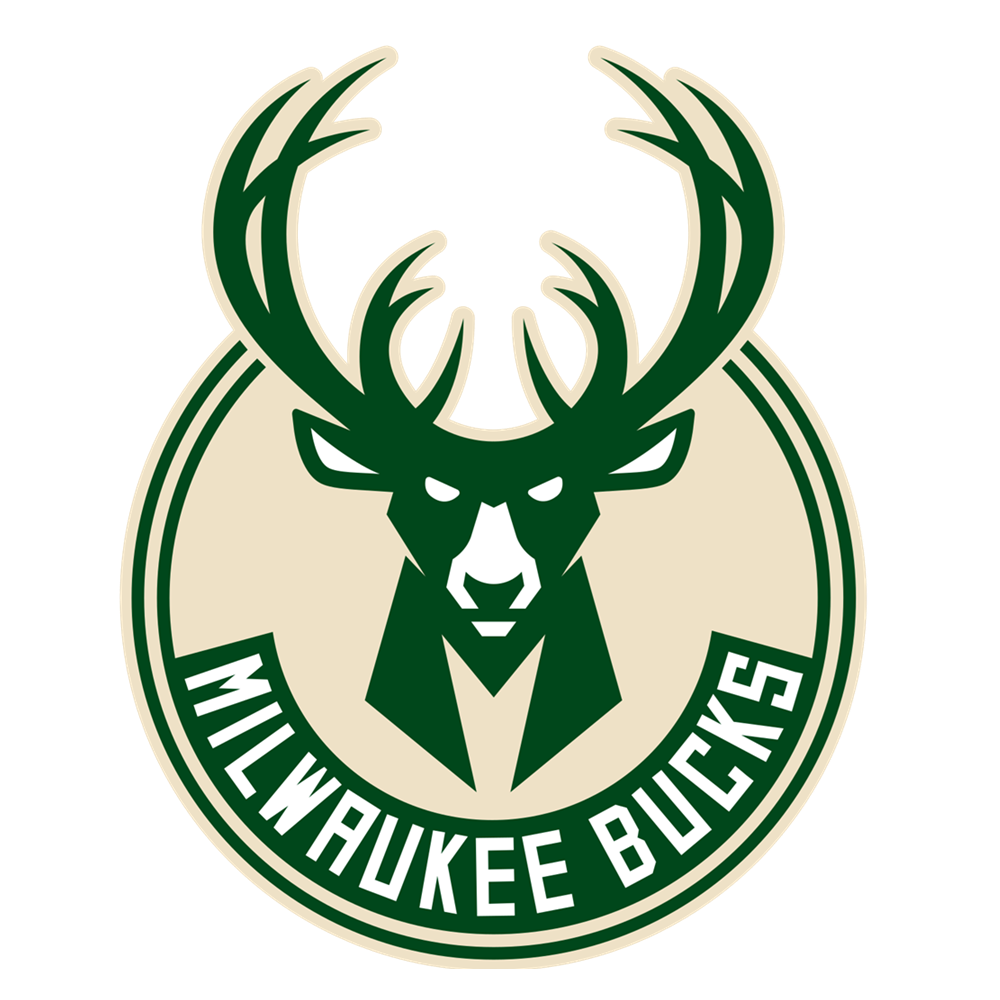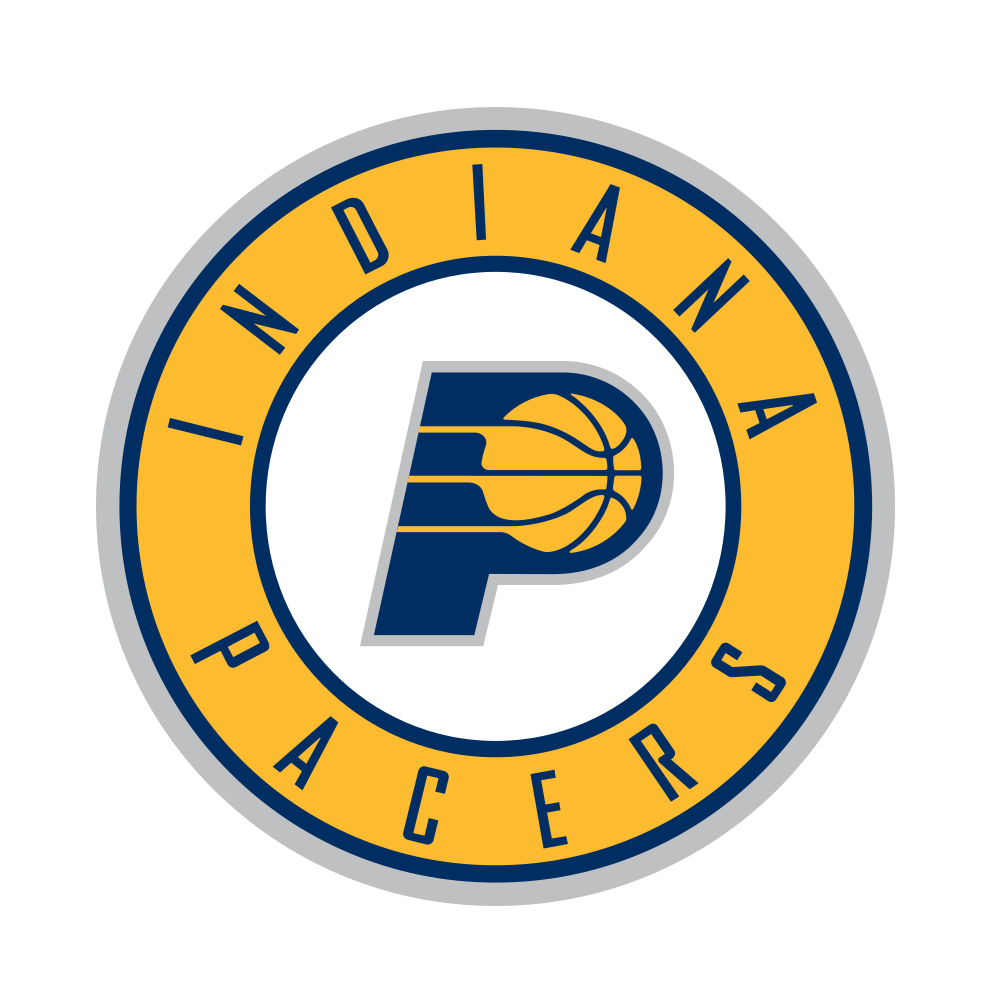With an 18-point win last night over the Utah Jazz, the Oklahoma City Thunder have moved up to the fifth seed in the Western Conference.
The Jazz win was their fourth consecutive win in a row, seventh in their last ten games and tenth in their last thirteen. Back now to three games above .500, when once they were four games below it, the Thunder have unmistakably benefitted from an easier stretch of schedule, yet also have quality wins over playoff rivals in the Minnesota Timberwolves, San Antonio Spurs and Denver Nuggets in that time. Had the Thunder not beaten them three times in that stretch, the Utah Jazz would count towards that playoff opponent list, too. There has been enough quality opposition in this stretch to take some heart for the rest of the season.
After this streak, Oklahoma City is, up to a point, “back”. But how improved are they, and how much is simple variance?
Early season struggles drew an immediate focus onto the offensive end, where problems both stylistic and functional were obvious.
Bringing in big name scorers Paul George and Carmelo Anthony immediately raised questions about offensive cohesion that are inevitable whenever clear-cut #1 offensive players on teams are doubled up, let alone tripled up. After all, much as it was necessary to get offensive help so that Russell Westbrook no longer had to do so much on that end, it was never going to be as simple as just acquiring the talent and watching it grow. To cultivate a new offensive system required not just talent acquisition, but also nuance, coaching, patience and balance.
It still requires those things. This is still not a good offensive team – ranking only 17th in the league in offensive rating with a 106.7 rating, the Thunder are fifth last in field goal percentage and tenth worst in three-point shooting percentage, combining for the seventh worst effective field goal percentage. They shoot poorly, rarely get to the line (ninth worst free throw rate in the league), and, in the same thirteen-game streak we are here to try and praise, are fifth worst in assist rate (15.6%). The ball sticks, the players stick, and the outside shooting is still wanting.
However, Oklahoma City has overcome this inefficiency by virtue of having more possessions to work with. The Thunder’s turnaround is tied to their defence, an end on which they are straight up good.
The Thunder’s defensive rating on the season as a whole is 103.7. This is four whole points better than the league average, and joint second in the league, alongside the Portland Trail Blazers and behind only the Boston Celtics. That means better defence on the season than the San Antonio Spurs and Golden State Warriors, and in this most recent stretch, the Thunder defence has been particularly good. In this thirteen-game stretch, their defensive rating decreases to 102.8, while their rebounding percentage increases to 53.8%, the best mark in the league.
The changes made to the team this offseason had the side effect of slightly diminishing the team’s rebounding strength, which had hitherto been one of the team’s calling cards. Oklahoma City led the league last season with a 53.4% rebounding rate, with a 27.9% offensive rebounding rate that led the league and a 79.0% defensive rebounding rate that ranked third. As one of the league’s best offensive boarders, starting centre Steven Adams (14.2% total rebound percentage) was key to that, and still is, but it was not just him – backup centre Enes Kanter (17.2%) was even better, and Westbrook’s truly unique rebounding from the guard positions (17.1%) were what tipped it.
This season, that overall rebounding rate has dropped to 51.5%; still good, but only the eighth best mark in the league. Getting back to that has been key to this mini-turnaround, and particularly so on the offensive glass.
The Thunder’s 30.8% offensive rebounding rate over the past 13 games is far ahead of the second place Denver Nuggets (27.0%). Indeed, the gap from first to second is the same as the gap from second to fourteenth (Washington Wizards). Adams has been particularly key here, and he is on pace to do a Really Weird Thing, averaging a massive 5.0 offensive rebounds per game compared to his rather tiny 3.9 defensive rebounds average.
Westbrook, too, has taken more to the glass, mostly defensively. He is averaging 10.0 rebounds per game in the 13-game streak, compared to only 8.8 in the 13 games prior. With him dropping back and Adams pushing up, the Thunder have an elite rebounder on either end, with the team as a whole contributing in that department. It is an identity around which they can, and have, built.
Further to the rebounding has been the forcing of turnovers. On the season, the Thunder lead the league in opponent turnover percentage at 16.3% and opponent turnovers per game at 17.6, both marks leading the league by significant margins (1.4% and 1.1 per game respectively, with the Atlanta Hawks second in both categories). For all their offensive stagnancy, the Thunder can play in a harried defensive style, and as a unit do a good disciplined job of keeping their eyes open and their hands ready.
Most of those turnovers are steals, or shot clock violations, of which the Thunder force a disproportionate amount. And they do this despite featuring poor individual defenders in Anthony and Westbrook (it is OK to admit this) in their starting five. Roberson is in precisely to do this very thing, and he and Adams make for quite the pick-and-roll defensive pairing should any opposing wing player have the temerity to try them. The Thunder’s defence speed up the game, and force turnovers.
The offence now needs to capitalise on that.
Considering the team cleans the glass well on both ends and forces so many turnovers, along with having the league’s greatest one-man fast break in Westbrook, it is therefore both a wonder and a worry that they rank only 24th in pace.
It is true that Westbrook has few players to run with him; the Anthony and Adams front court is not fast, and nor is the primary wing trio of George, Andre Roberson and Alex Abrines prone to running all that much. Nevertheless, having the seventh-worst pacing rating in the league despite the league’s best turnover rate speaks to a slow-paced overall offence that is less easily remedied.
Fundamentally, the problem lies in the half court, which is still stagnant and often ugly. Too many possessions feature too much dribbling, too few passes, and too little movement of both ball and man. The Thunder play quite a lot of isolation offence, and it seems this is due to habit as much as it may be by design.
All of Westbrook, George and Anthony have hitherto in their careers been the primary scorers on their teams. And primary scorers generally do not do much work off the ball. They rarely need to learn to have to, of course – they are the ones with the ball that others are moving off. The rare exceptions, such as Kevin Durant, are exceptions borne out of peculiar circumstances, such as growing up with Westbrook.
When pairing them up, then, the habits of a lifetime are tough to break. Notwithstanding the fairly common exception to this rule that is post players becoming primarily shooters as they age, NBA players almost never fundamentally shift in their style of play once they have entered the league. They develop as the players they have entered as, without much changing what type of player that is. George and Anthony cannot just be good off the ball instantly now that they will have it less. It is a process.
Not helping is a lack of bench offence. Roberson’s shot making, which needed to develop significantly, may have actually regressed further, while giving so many minutes to limited offensive players in Jerami Grant (who is finding a niche as a free throw line extended diver and cutter, and who has slightly improved hit spot-up shooting, but who handles little and creates even less) and Josh Huestis (who just does not bring any plus NBA offensive skill with him at this point, and, who at age 26, may now never do so) does not help. Even Abrines, the token and somewhat solitary shooter, is a limited one, timid in the paint and not big enough to get shots off without a good amount of space with which to do so.
In these respects, the Thunder of this recent streak are essentially the same as the Thunder that began the season. Some better late game execution that has turned the results around, but that factor itself may largely be the result of normal variance.
The ball has begun to move some more, but only slightly. Still second-last in the league on the season as a whole with only 263.0 passes made per game – the last-placed Houston Rockets justify their lowly 260.7 figure by taking and making so many threes, and being so incisive in their isolation possessions – that number increases only negligibly to 266.5 per game in the streak, 28th in the league.
The quality of passes has at least improved, as good looks are being passed up for better ones, and the assists total is 20th best in the league, eight places better than the passes total. Anecdotally if not overtly obvious statistically, the Thunder are passing better, if just as infrequently, and the trend is at least heading the right way. These totals are both still extremely low, however, and bizarrely so with three quality offensive weapons.
Nevetheless, the improvement in the record can be tied to the ever-improved defence and rebounding. These qualities have staying power, and their incremental improvements combine to make a significant difference.
The in-season offensive improvements have been slight, the late-game execution has been only slightly better, and the improvements in the defence and rebounding have only been the matter of a few percentage points in this stretch. But those latter improvements have made for an elite turnover-producing, glass-clearing team, and the slightly better ball and man movement is taking these extra possessions and capitalising, just enough to get over the hump.
All combined, it is enough for two to three extra quality possessions a game. And that is enough to turn three-point losses into three-point victories.
To truly build on the foundation they now have, the Thunder must continue to develop in these areas. The offensive unit must find better balance and a better trust in each other, neither of which are solved by time alone. The slight upturns in player and ball movement must become much bigger upturns if the team is to have a ceiling befitting of its starting five.
That also means diversifying the playbook. Solely giving Adams first quarter post touches, running George off curls and asking Russ to do the bulk of the work through pick-and-rolls is a rather predictable playbook, and being able to attack in transition and semi-transition more would be hugely useful.
That in turn might mean further roster tweaks. This might mean Justin Holiday or Terrence Ross-types by trade, wing shooting threats who will, warts and all, at least pick up the pace and improve the space over what Roberson, Huestis and Grant bring. This should mean more Patrick Patterson and less Huestis in the incumbent rotation. And it definitely means Melo just spotting up more.
But these hopes are not baseless. Melo is at least doing his part of the deal, scoring less but taking more suitable shots on the way, and the trade deadline season is still to come. This may well not be the roster than the Thunder enter the playoffs with – even if it is, they are starting to develop trust and a fluidity of motion offensively. And even if they never achieve their offensive potential, they are achieving it defensively enough to be relevant in the playoff picture.
The schedule will balance out, and the variance will always be an equalising factor. But the little improvements are adding up to make more sizeable differences.
If we are to talk forebodingly about the work still to do, we must also give credit to the work that has been done.
